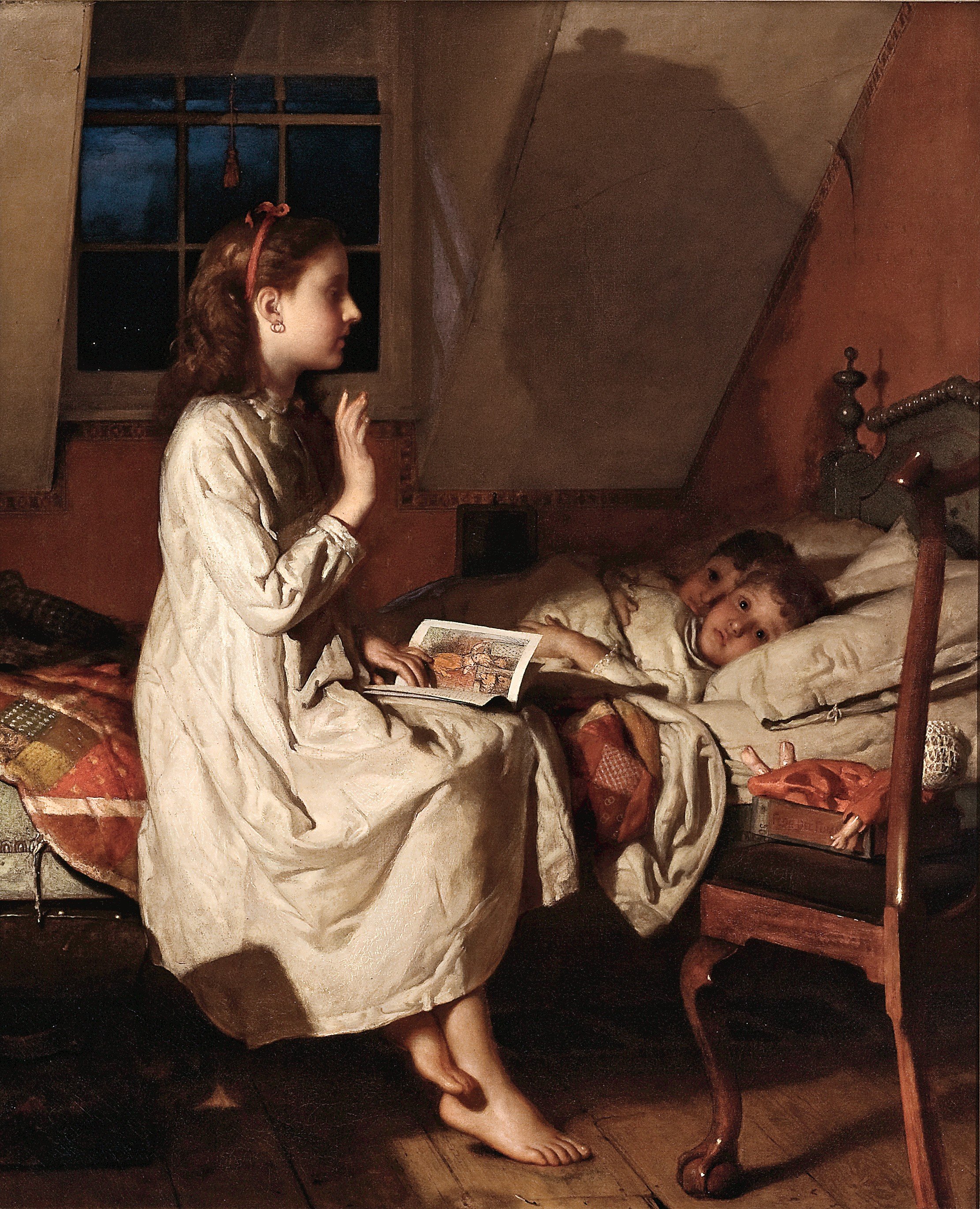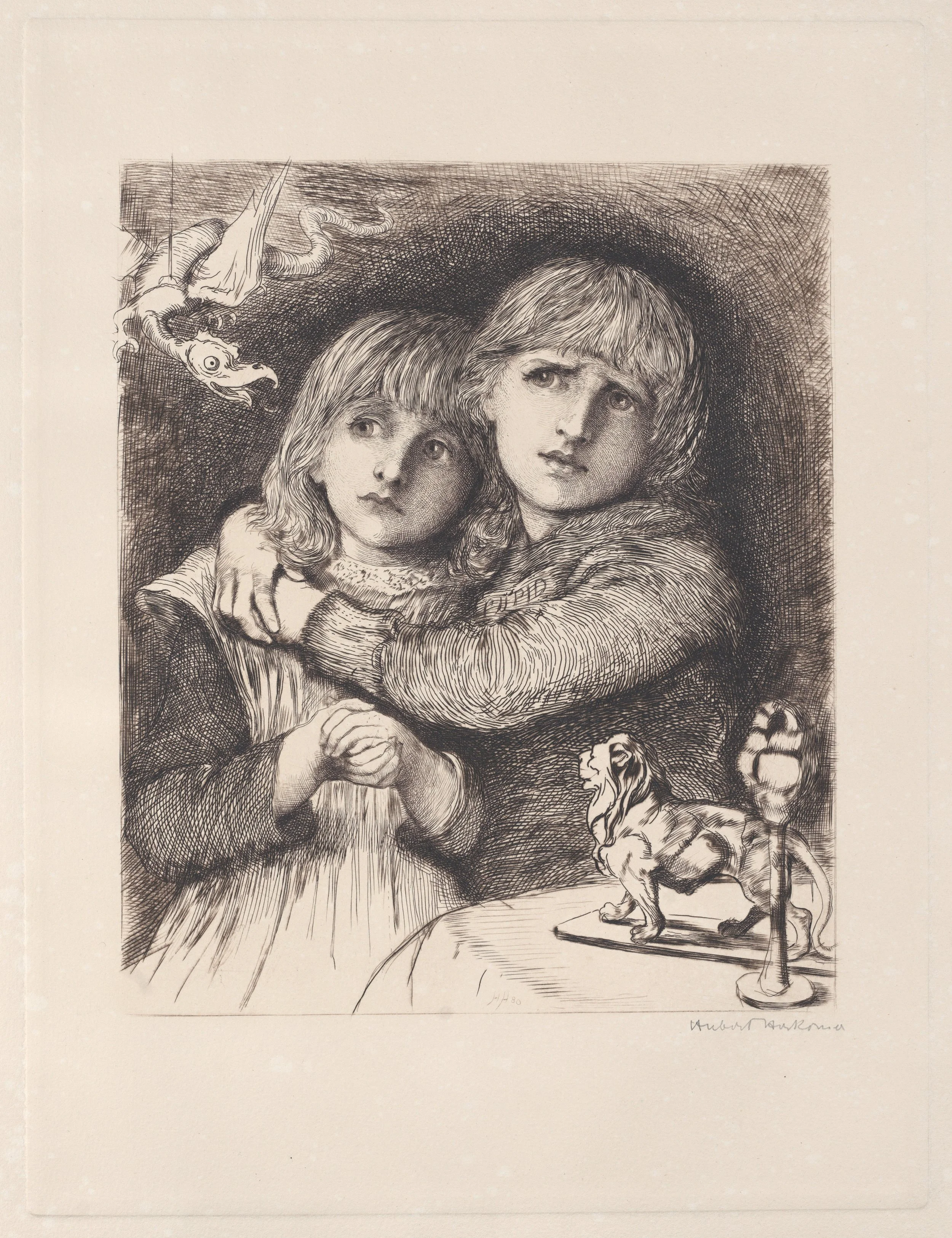The Ordinary Magic of Resilience: A Fairy Tale
Once upon a time, there was a weaver of tales.
She spent her days gathering grasses and sunbeams and flowers, which she spun into shining long strands.
These she wove into the stories that she dreamt at night.
When wanderers stopped by her enchanted cottage, she offered them food, drink, and a magical story cloth.
And so her tales spread far and wide.
The woman wove stories of all kinds, but her favorites were the fairy tales.
She infused each one with a special kind of magic, the magic of resilience.
For she knew that wherever the tales were shared, listeners were surely facing challenges, great or small.
It might be ogres, or a harsh king, or an empty larder after months of drought.
Whatever the adversity, she knew that those who held stories of resilience in their hearts and minds would be able to bounce back and find their happy-ever-afters.
The time went in and the time went out, and her wondrous story cloths continued to be transformed and shared.
Bound foot to glass slipper to golden sandal, each teller wove in their own threads, and the cloths became even stronger and more magical.
Parents snuggled their children into bed with marvelous tales of brave tailors and crafty kitchen maids. Writers and artists reveled in their re-imaginings.
“Every few decades…the fairy tale haters arrive. Under the banner of reason, they blast away with their howitzer at the little singing bird of faerie.”
Touch Magic, p. 49
She urged those who dwelled in the magical realms to revolt against the latest wave before the story cloths were burned or buried.
The fight would not be an easy one. The horde of haters tugged angrily at threads and snarled,
“Witches! Heresy!”
“The wolf did not deserve to die!”
“She didn’t consent to that kiss!”
“The girl should have appealed to the witch’s higher self to save her brother instead of shoving her into the oven!”
And THEN: the sharp-nosed Grand Vizier of Assessment and Evaluation from the kingdom of ECERS proclaimed:
So teachers and parents throughout the land shook their heads and hid the fairy tales, although they were the children’s favorites.
The story weaver watched from afar with a heavy heart. But then she dreamt a new tale and the very next morning, she left on a quest to seek help from the mages and wizards.
The story weaver’s first stop was to the brilliant Doctor Ann of Masten.
For it was she who had for decades been puzzling over resilience, and how to help children who faced the harshest of circumstances.
Dr. Masten gasped. “The story cloths are in danger? This is NOT the time for us to ignore resilience, much less destroy such a powerful way to nurture it!
Fairy tales sparkle with all the protective factors of resilience: relationships, initiative, executive functions, self-regulation and cultural affirmation!
The people of the kingdom need these to battle adversity, whether it is abuse, or the plague, or even taking a wrong turn and ending up in NYC instead of a New Jersey play conference. “
And with that, she waved her wand (which looked suspiciously like a smart phone), and poofed The Mages of Harvard into her chambers.
With the sharpest of eyes and tomes of great research, they examined the story cloths and at last issued long parchments with their reports.
“We hereby proclaim that fairy tales align with the protective factors of resilience! They should be shared with all throughout the land! Herewith: the evidence!”
Relationships
Living with a loving family is a strong protective factor.
However, if fairy tales were a Facebook profile, under “Relationships,” we’d read “It’s complicated.”
But for every clueless father, evil stepmother and sibling out to make life miserable, we found patient, kind ones, and, of course, the magical helpers, in human or animal guise.
Close relationships with other competent adults nurture resilience (fairy godmothers, anyone?), and peer friendships are protective.
What would Hansel be without Gretel (and vice versa)? Soup, probably!
Initiative
Curious, clever, willing to solve problems and take risks with agency: we found few fairy tale heroes who don’t have these ingredients of the initiative potion!
Petrosinella discovers the witch’s secret spell AND weaves a rope to lower herself out of the tower. Jack chooses to sell the cow for magic beans.
No one gets to their happy-ever-after by sitting around waiting to be rescued, despite what the anti-fairy tale folks say!
Executive Functions
This nerdy cluster of brain skills helps us decide what to pay attention to, and how to manage and use what we know.
The brain’s “air traffic controller!”
Since they go “offline” when there’s trauma or stress, they are at the heart of our esteemed resilience research.
They are also key to fairy tale magic, it seems!
The youngest brother uses cognitive flexibility when he approaches every challenge in a completely different way from his brothers, and so wins the heart of the princess.
Cinderellas far and wide use their working memory to complete the most mundane of tasks with focus and order.
So does the sister in the Six Swans…knitting shirts of nettles requires it in spades!
As for inhibitory control: We found that the Billy Goats use it tamp down their fear of the troll.
Vasilisa wanders into Baba Yaga’s hut, and her commitment to her task overrides any concern about what waits within.
Self-Regulation
We declare Cinderella definitive proof of self-regulation in fairy tales.
She is having the time of her life dancing when BONG!
The clock strikes 12 and she skedaddles away as fast as those glass slippers can carry her.
And she’s not alone.
Every time the elves’ shoemaker or Rapunzel’s prince hides: self-regulation!
Not to mention the aforementioned sister of the swan brothers: she stays silent for SIX YEARS in order to save them!
Cultural Affirmation
“Cultural affirmation” is feeling part of something larger than ourselves.
No matter what our home cultures, fairy tales affirm we are connected by a magical web of story.
It doesn’t matter where or when or how people live, challenge is part of their lives, and they have always told stories about how to overcome it. #ThanksWiseWomanWeaver
Suddenly, a bright wind whooshed through the chamber and the NeuroWizard of Berkley twinkled in.
“But wait, there’s more!” he exclaimed with a flourish.
“Fairy tales don’t just offer us models for resilience. According to MY research, reading or listening to them provides our brains with the same workout as real stressors do!
“When we climb the glass mountain, or escape the dragon, or hide from the giant in our imaginations, the same neurotransmitters are released as if the dragon was real!
And when we get to the Happily Ever After, those tricky chemicals let us know we are safe!
Our brains get to practice how to respond more resiliently to the actual stressors in our lives. Now that’s magical!”
And so with much nodding and hand-shaking and self-congratulating, the wizards and mages went back to their ivory towers.
The story weaver returned to her enchanted cottage and wove a message to the world. In rainbow-colored threads, it read:












